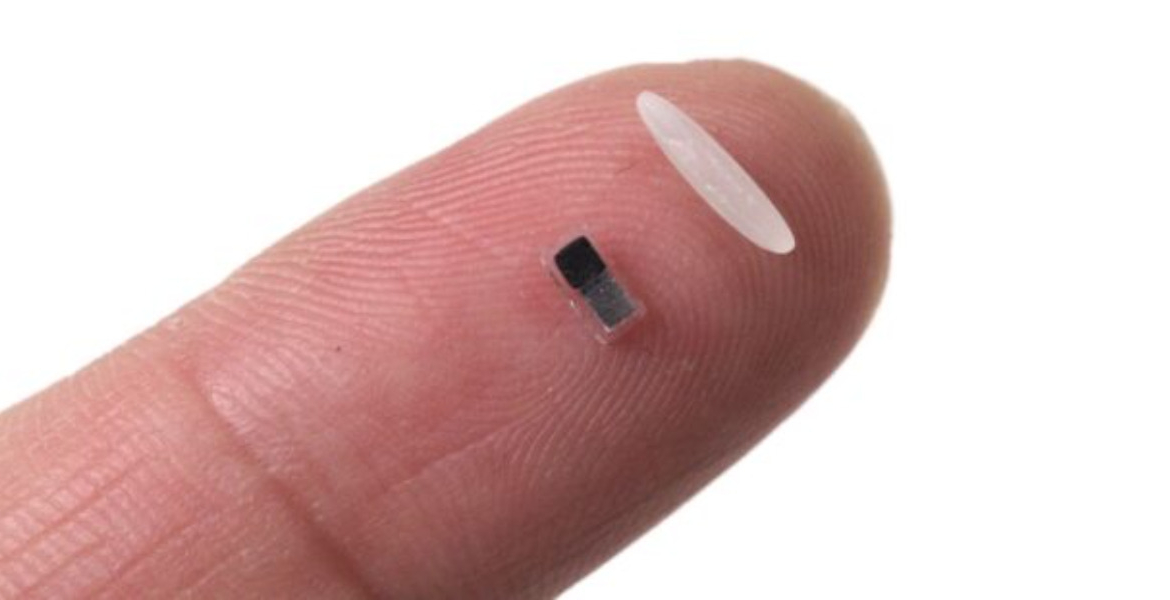
Pacemaker
- 19 views
A team of US researchers has developed a groundbreaking temporary pacemaker, smaller than a grain of rice and designed to dissolve within the body, potentially revolutionizing post-surgical cardiac care.
The wireless device, currently years away from human trials, promises to eliminate the need for invasive surgical removal, offering a safer alternative for patients requiring temporary heart regulation. Millions worldwide rely on both permanent and temporary pacemakers. Existing temporary pacemakers, often necessary after heart surgery, require the surgical implantation of electrodes directly onto the heart muscle, connected to external devices via wires.
This new pacemaker bypasses this invasive procedure. The device, measuring just 1 millimetre thick and 3.5 millimetres long, is delivered via syringe and works in tandem with a soft patch worn on the patient's chest. This patch detects irregular heartbeats and uses light signals to instruct the pacemaker to emit appropriate electrical pulses, powered by converting chemical energy from bodily fluids through a galvanic cell.
The innovation addresses a critical need, particularly for the estimated 1% of children born with congenital heart defects who require temporary cardiac support after surgery. Adults recovering from heart surgery could also benefit from the device's ability to restore normal heart rhythms. The dissolvable nature of the pacemaker eliminates the risk of tissue damage during removal, a concern underscored by the death of Neil Armstrong, who suffered fatal internal bleeding during the removal of a temporary pacemaker in 2012.
Extensive testing in animal models, including mice, rats, pigs, and dogs, as well as in human cardiac tissue in laboratory settings, has demonstrated the pacemaker's effectiveness. Lead researcher John Rogers of Northwestern University anticipates human clinical trials could begin within two to three years. Rogers emphasizes the broader potential of the underlying technology, suggesting applications in nerve regeneration, wound healing, and smart implants.
Bozhi Tian of the University of Chicago, an expert in light-activated pacemaker technology who was not involved in the current research, lauds the device as a paradigm shift in temporary cardiac pacing and bioelectronic medicine, highlighting its potential to unlock innovative solutions across diverse medical fields.
